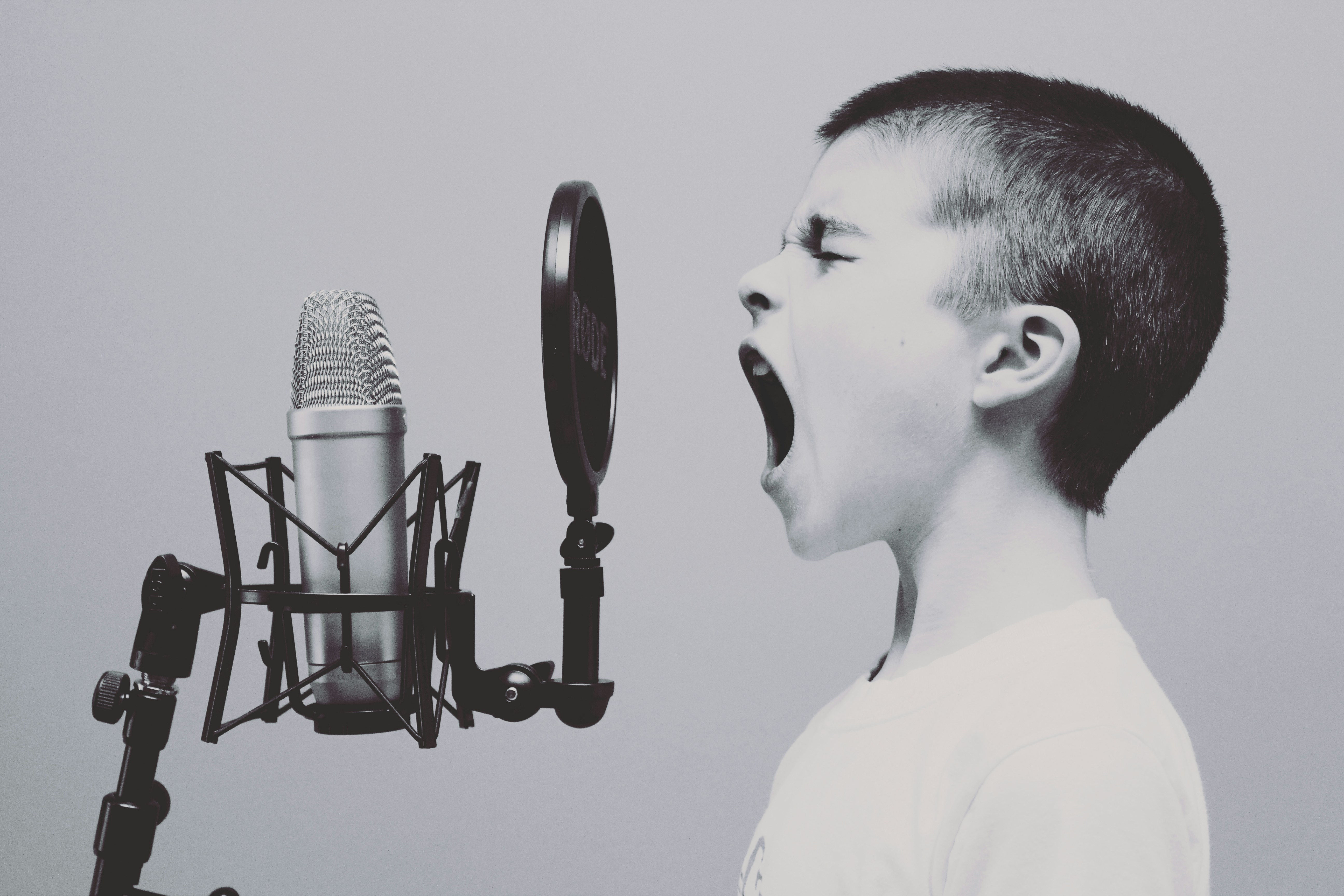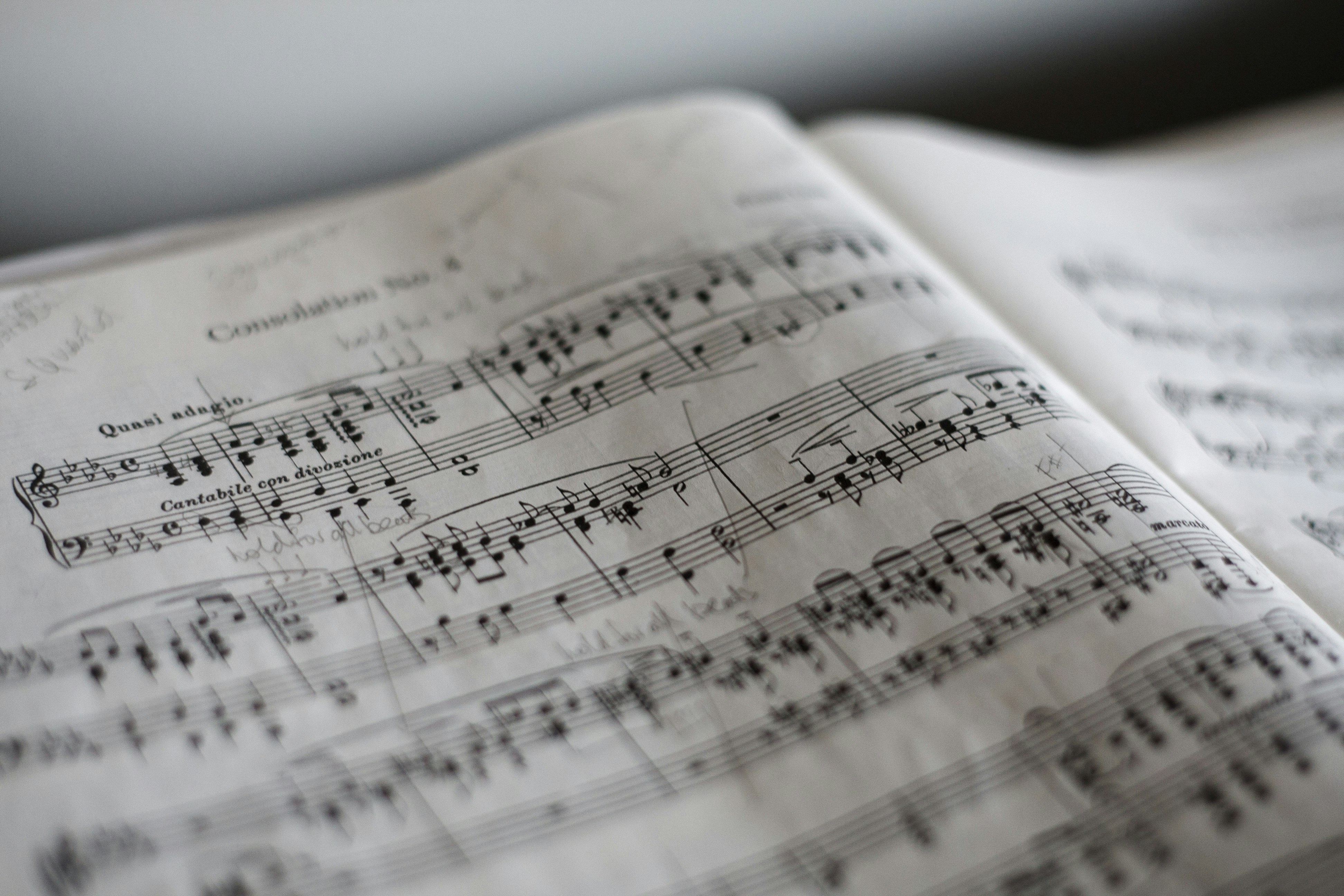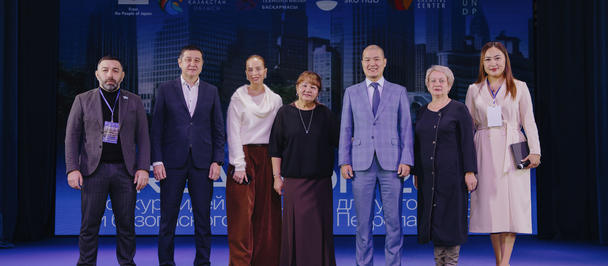By Shain Shapiro, PhD, Founder and Executive Director of the global nonprofit Center for Music Ecosystems
Who owns an innovation? On Intellectual Property and innovation: what can UNDP learn from the music world? (Part 2)
April 4, 2024

Photo: Unsplash/Jason Rosewell
This is a guest blog written by Shain Shapiro, PhD, Founder and Executive Director of the global nonprofit Center for Music Ecosystems, and Founder of the economic consultancy Sound Diplomacy. A partnership between the Center for Music Ecosystems and the UNDP Accelerator Labs explored the intersection of grassroots and household innovation with intellectual property (IP) in the context of the UNDP Accelerator Labs’ work unearthing bottom-up solutions to some of the world’s most pressing problems.
Part 1 of this series outlined how the key defining features of the Labs, such as surfacing grassroots innovations, partnering with unusual actors to learn from the edge and working out loud, require rethinking the way UNDP approaches intellectual property rights. In part 2, Shain delves into the thinking behind the partnership and how UNDP can learn from the music industry to address the pain points associated with the question of IP.
After a decade of running an economic consulting company that works with cities and governments to help them understand and invest in culture, I felt that no matter how many places we worked in, there were thousands more who didn’t realize the value that music and culture could have on their communities if proper time and research were put into understanding it. This is why I launched the Center for Music Ecosystems – to develop and commission research and evidence to demonstrate how music can be used in any community to solve problems. After meeting Lorena Sander, then part of the Accelerator Labs Global Team, through work I was doing at the time with Arup, we realized that music could form a unique case study to help understand the challenges Lorena was facing to explore and hopefully improve how UNDP engages with intellectual property through its Accelerator Lab Network. This convergence – music providing a window to potential solutions in other fields – framed this project's foundation.
Music as a problem solver
Fast forward two years and my team and I have completed a comprehensive assessment of how UNDP engages with intellectual property, specifically focusing on its Accelerator Labs. The Standard Basic Assistance Agreements (SBAAs) – which set up and frame UNDP’s role as a development partner to governments – include a clause through which all patent rights deriving from activities under UNDP’s programs vest in UNDP, which makes it readily available to whichever government UNDP is working with. While the intent here was to enable public funds to create tools usable for many government partners, the current practice is to provide a license to ensure access to the intellectual property (IP) whenever it was generated. With the growth of innovations as part of development work, this became unwieldy.
In this project, we wanted to explore a more collaborative, equitable and manageable paradigm. So we turned to music.
The UNDP Accelerator Labs presented an incredible case study to understand the problem better and outline a potential solution. Every day, 91 Solution Mappers in over 115 countries across the Network find grassroots innovators on the ground who have designed a solution to solve problems they face. Some wish to monetize it, others don’t, but regardless, those decisions are not in the hands of creators – or as we often call them, solution holders – once they are subject to the UN’s terms and conditions. Whatever IP is created is governed by the SBAA, meaning the UN holds it and its partner governments have access to it in certain circumstances. The creator is supported on the ground to develop the solution, but when the rubber hits the road to establish it as its own piece of intellectual property, if required, this is where roadblocks emerge. When the creator is a large-scale organization, such as a university or private firm, this becomes even more complex. Sometimes, those ideas lead to a product or service being developed with the help of UNDP.
“When mapping solutions within communities, we often encounter ideas that offer creative paths to address development challenges, yet don't fit into local or international frameworks for protecting intellectual property,” said Jorge Munguia, Head of Solutions Mapping at UNDP Mexico. “These solutions may result from collective processes or appear simultaneously in different places. Additionally, the creators of these solutions may not be familiar with the concepts and institutions associated with intellectual property.”
In Bosnia and Herzegovina, the Accelerator Lab utilized UNDP's Innovation Challenge modality for various innovation challenges through its Open Innovation Platform. The approach required participants to agree that any idea or solution contributed would become the common good, as stipulated by the platform's terms and conditions. Consequently, these ideas and solutions could be freely used and further developed by anyone interested. “Although this strategy generated opportunities for innovators to design and sometimes implement their solutions, it also revealed certain constraints,” said Arijana Drinic, Head of Exploration at UNDP Bosnia and Herzegovina. “Sometimes the realization that creators would not retain intellectual property rights over their solutions led many to reconsider and often decide against participating in the challenge.”
Music and its complexity opened a window to explore how this process – identifying, registering, partnering, disseminating and ultimately, if context dictates, monetizing the IP – could be better governed. This is what this research partnership set out to change.
Music is a complex intellectual property asset, much like what is being developed, day in and day out, on the ground by the Labs. A single song may be owned by multiple entities and disseminated worldwide. For example, there are dozens of writers on Beyonce’s Lemonade and Cowboy Carter albums, with each agreeing to a specific percentage of revenues when songs are broadcast, streamed, sold, or used in some way. When properly registered and managed, this happens: a complex web of tracking systems manages the journey of the track – and the IP it is made from – and a framework to account for who owns what and how, functions to distribute the money earned from the ownership of the rights. But it starts with understanding the needs of the song, that piece of IP, and ensuring its creator is given the right to control it, give it away or allow it to be used.

Photo: Unsplash/Marius Masalar
Rethinking how UNDP engages with intellectual property
We have published the research’s Executive Summary to showcase the collected learnings of the report and to highlight the findings of this comprehensive study. The report proposes we learn from music to create a framework inspired by how music is managed.
The idea is this: Instead of UNDP owning the IP, UNDP is instead an intermediary – managing and administering certain rights on a case-by-case basis where, in the end, the IP is given back to the creator. To outline the role of such an intermediary, we need a revised policy, a way to explain it at UNDP headquarters and on the ground, and a way to monitor, protect, empower and support every innovator with whom each Lab engages.
So, how did this work on the ground when we tested it?
Time and time again, we discovered barriers across the Labs related to how IP was understood and managed. In some Labs, especially those in countries that lack robust IP regulation, the question of IP was rarely addressed by the creator and the Labs team due to its perceived complexity. Our researchers tested this by engaging with and learning from examples in the Philippines (‘Katmon,’ a food and medicine supplement), Bosnia and Herzegovina (‘CovIDEJA2020’: the first national digital ideathon enabling citizens to share proposed solutions to COVID-19 related challenges in health, education and public services) and Kenya (‘Assist All’ – a mobile app, where the d/Deaf community can access sign language interpreters on demand). The challenge started with how a solution – such as a new technological advancement, app or adaptation could be registered by its creators and tracked, so as to remunerate the innovators if that is what they wish.
Here’s an example: in the Philippines, a new method of processing the Katmon fruit into a botanical was discovered during a solutions mapping exercise led by the UNDP Philippines Accelerator Lab. This discovery has multiple health benefits, all of which could form the foundation of a product that could be brought to market and scaled. However, ownership of the process was never outlined clearly, and due to a lack of an IP framework, nothing was taken forward for development. The relationships between all partners involved were undefined.
“When we try to establish collaborations between the authors of grassroots solutions and international organizations or governments to accelerate development, it can become more complicated. In this situation, we lack a functional roadmap to recognize and retribute the authors.”- Arijana Drinic, Head of Exploration, UNDP Bosnia and Herzegovina Accelerator Lab.
The research identifies pain points in how the UNDP Accelerator Labs engage with IP and propose solutions related to each one. The pain points include the gap in IP knowledge across the UNDP ecosystem, a capacity gap to recognize and act on solutions that require specialist support, and importantly, limitations in the SBAA related to how creators own, share and register their solutions if they wish.
Step one is to identify and clearly state the challenge. We’ve now done that. This will feed into a revised policy to change how this works at UNDP and on the ground in each of the Labs. This began with and through music, as its inspiration. Music brings us together, but as we see here, it can also be a tool to improve policies across UNDP. While this thinking started with meeting Lorena on a panel, its origin is in recognizing that music is far more important than simply listening to it. It is a powerful tool to help us make sense of the world and improve it.
Read the Executive Summary. For those who wish to dig deeper, contact accelerator.labs@undp.org for the full study.

 Locations
Locations

